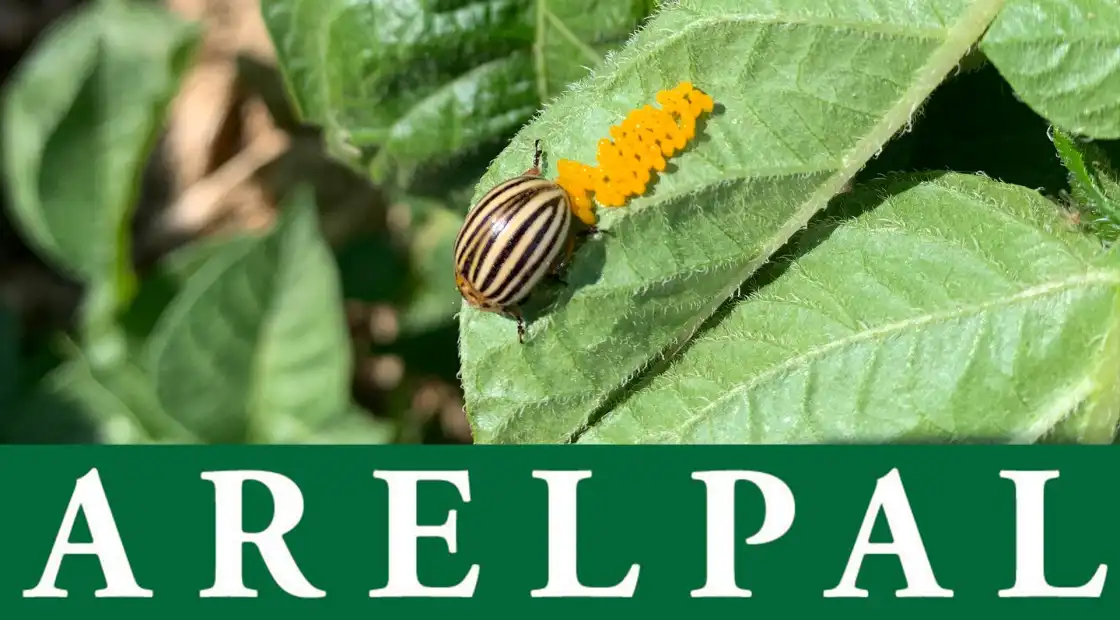Managing beetles in market gardening

Beetle management in market gardening: assessment of the Mabioco and PAMAL projects
At a conference organized by the Pays de la Loire Chamber of Agriculture as part of SIVAL 2024, the results of two projects aimed at developing suitable solutions for managing beetles in vegetable crops were presented. The Mabioco project, or mastering the biology of beetles, studied alternative approaches to controlling several pests, notably the potato dorifor, the asparagus criocer and flea beetles associated with crucifers. Trials covered a range of tools, including low-concern natural products (NCPs), biocontrol solutions and mechanical control. At the same time, the PAMAL project explored solutions to control flea beetles and aphids by combining specific products, physical protection such as anti-insect netting, and diversified agricultural practices such as service plants and associated crops.
Flea beetles, for their part, proved particularly resistant to the solutions tested. Crop rotation, netting and spraying were the main methods studied, although results varied. With regard to dorifor, several trials including regular treatments with PNPPs such as garlic macerations were carried out, although the results were not entirely satisfactory. Generally speaking, although progress has been made, the various approaches still need to be improved to offer more effective and operational solutions.
beetle management in market gardening: effectiveness of anti-insect nets and technical challenges
Anti-insect nets have been identified as a promising solution for reducing the impact of beetles. Their performance has been studied on various crops, particularly flea beetles, by measuring insect damage on leaves. The finer the mesh, the greater the effectiveness observed against bites. However, the characteristics of insects such as flea beetles, capable of piercing the mesh or bypassing the protection, have shown the limits of this solution. To limit this problem, these nets are often installed on hoops, although this adds extra work and cost to their installation and handling.
Nets also pose significant logistical and practical constraints. Purchase costs, their limited lifespan, and the impact on field work, particularly for weed management, complicate their use. Indeed, putting nets down to work on the crop, then putting them back up again, is a tedious task for farmers. To overcome these limitations, we are currently studying ways of mechanizing the installation and removal of nets, with the aim of making these practices more economically viable and less restrictive in operational terms.
Potential of PNPPs and limits encountered
Another part of the conference was devoted to biocontrols based on PNPPs, in particular for flea beetles and dorifor. These low-concern natural preparations include plant extracts prepared in various forms, such as maceration, infusion or decoction. Among the substances tested, commercial products such as PIM+ or homemade solutions such as thyme infusion and chili infusion showed modest effects on flea beetles. Nevertheless, the overall effectiveness of PNPPs still needs to be improved to meet the requirements of farms and limit economic losses due to pests.
Complementary trials also explored essential oils and black soap to broaden the spectrum of available tools. The most promising results were obtained with anise essential oil and black soap, achieving slightly higher mortality rates than conventional plant preparations. However, these solutions are still insufficient in terms of operational practice, due to the particularly resistant biology of flea beetles, characterized by their speed and very hard cuticle. To date, insect netting remains the solution with the most solid proof of concept, while trials on other pests, notably aphids, are showing more encouraging results.